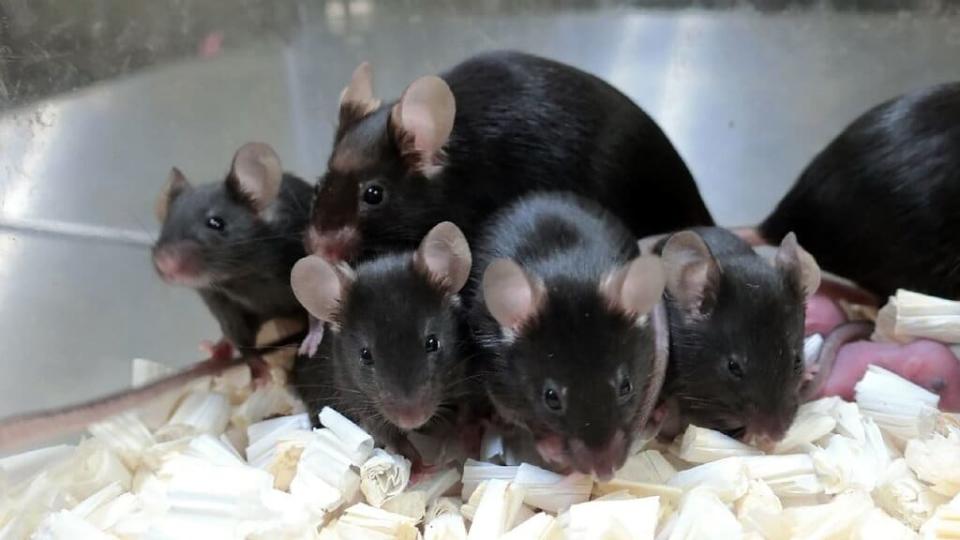This Cloning Breakthrough Could Help Us Save the World’s Endangered Species

Exactly 26 years ago, scientists successfully cloned the first mammal, Dolly the sheep, using cells from an adult sheep’s mammary glands. Though cloning still skeeves out a large chunk of the public, more and more people are coming around to some of the more responsible potential benefits. Namely, that we may be able to save species threatened by climate change and human activity from going extinct.
But cloning is far from easy. Cell samples need to be preserved either through cryopreservation (the use of liquid nitrogen), or via deep freezing at extremely low temperatures. Both of these methods can be very expensive, and vulnerable to power outages or problems at facilities.
We might have a breakthrough on our hands, however. In a new study published in Nature Communications, Japanese researchers have outlined a new technique used to clone mice from freeze dried skin cells for the first time ever. The new technique paves the way for facilities around the world (even in poorer communities) to engage in what’s called biobanking: the storage of cells from certain animal species so they may be cloned later on should their numbers dwindle and their gene pools suffer from increased inbreeding.
“If these cells can be preserved without liquid nitrogen using freeze-drying technology, it allows genetic resources from around the world to be stored cheaply and safely,” said Teruhiko Wakayama, a scientist at the University of Yamanashi in Japan who led the research, told The Guardian. “Developing countries will be able to store their own valuable genetic resources in their own countries. Also, even in endangered species where only males survive, this technology can be used to create females to revive the species.”
As part of the study, the researchers freeze-dried skin cells from mouse tails and stored them away for nine months before attempting to make clones from them. Though the freeze-drying outright killed the cells, the researchers did some tinkering and learned they could still create viable cloned embryos by inserting the dead cells into mouse eggs where the nuclei were already removed.
Those embryos, called blastocysts, were able to produce stem cells that could then be used to run another round of cloning—eventually leading to fully-formed embryos that adult female mice could carry to term. The researchers ended up producing a total of 75 cloned mice—several of which bred with normal mice to produce healthy litters of their own.
The new process isn’t perfect—the dead cell remnants from the freeze-drying process often exhibited damaged DNA, and the success rate for generating healthy cloned mice was only between 0.2 and 5.4 percent.
Still, the first-of-its-kind study is a major step forward in allowing us to plan ahead to save endangered species. Freeze-drying costs very little compared to other methods of preserving cell and tissue samples, which could be huge for establishing cloning facilities in developing nations. And cloning can inject more genetic diversity into an animal population and help make it resilient to stress and disease.
“It can be difficult and costly to work up cryopreservation protocols and so alternatives, especially those that are cheaper and robust, are extremely welcome,” Simon Clulow, a researcher at the University of Canberra in Australia who was not involved with the research, told the AFP.
Got a tip? Send it to The Daily Beast here
Get the Daily Beast's biggest scoops and scandals delivered right to your inbox. Sign up now.
Stay informed and gain unlimited access to the Daily Beast's unmatched reporting. Subscribe now.

 Yahoo Movies
Yahoo Movies 